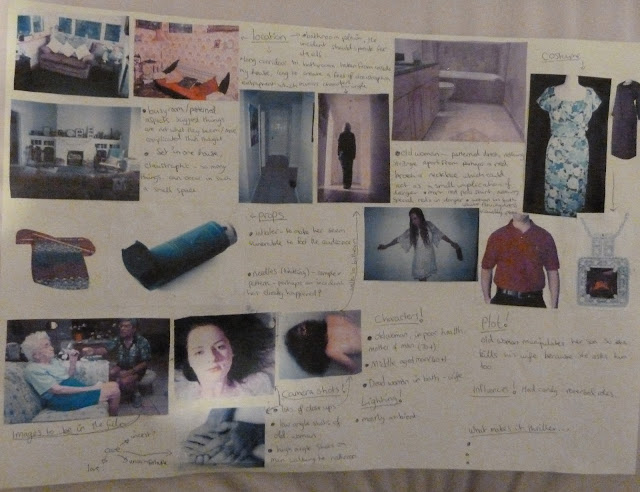"The Girl with the Dragon Tattoo, or as it is originally titled Men Who Hate Women, is one of the best contemporary thrillers I have seen in a while. It combines a suspenseful plot and brutal violence with a deep exploration of its title character. It goes beyond its plot, revolving around a missing persons investigation, to become an at times disturbing character study. Michael Nyqvist and Noomi Rapace are essential to the film's success. Both actors inhabit their roles convincingly, making us care about people who could have been stock characters. Although the bulk of praise has gone to Rapace, Nyqvist's performance is also worth attention. As Blomkvist, he provides a stable counterpart to Rapace's impulsive Lisabeth Salander, at times coming across as the more sympathetic character.Much has been made of the level of graphic violence, particularly sexual violence, in this film. Although this may be off-putting to some viewers, it helps establish one of the film's most important themes: the impact of violence on its victims and its capacity to warp the human personality. The most graphic scenes, which come early in the film, help establish this theme, and play an important role in characterization as well.Hopefully, this film will be remembered at Oscar time. It is far better than most of the dreck that Hollywood has on offer. "
I agree with the aspect of the user rating I have highlighted in yellow, although it may be off-putting to some viewers I feel that the violence and graphic scenes actually develop the character of Lisbeth, not only does it allow the audience to sympathise with her but when she gets her revenge it strengthens her character and allows the film to further challenge the genre by having such a strong female character.
The Guardian film review
"Originally (and pertinently) entitled Men Who Hate Women, this first story has now been adapted for the screen and finds its way to the UK having already become a European box office smash; the other two have also been filmed and their release here will presumably depend on how this is received. For what it's worth, I predict healthy returns. It is a forensic procedural with explicit violence, sex, sexual violence, violent sex and crime-scene photos of the sort that were once never shown, then just glimpsed and now blandly lingered over in every detail.
Michael Nyqvist plays Michael Blomkvist, a reporter facing an unjust prison sentence for criminal libel. Before his jail term starts, he is hired by a wealthy industrialist to solve the mystery of a niece who disappeared 40 years before, and who, poignantly, once babysat Blomkvist as a boy. He uncovers a string of hate crimes, and teams up with a super-sexy badass computer hacker with emotional issues called Lisbeth (Noomi Rapace), the eponymous tattooed girl. This film is probably too long, and it's only after the first hour that the narrative engines are properly revved, but director Niels Arden Oplev really socks it over. A must for the existing fanbase: others might have preferred it in two or three TV episodes."
































